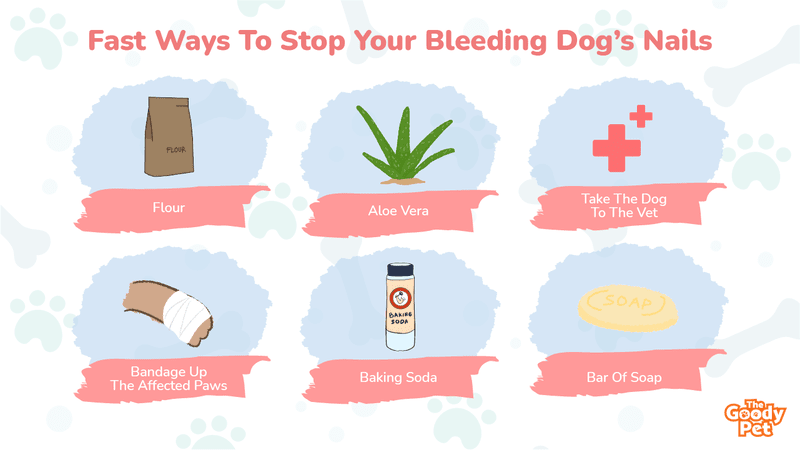Nails can bleed excessively when they are cut too short. They can easily become overgrown, and in some cases, the quick (the vein and nerve endings in the nail) can start to show, leading to bleeding.
The quickest way to stop the bleeding is to apply pressure on the bleeding nail with a clean cloth. You can also use a styptic pencil or powder on the nail. Applying cornstarch or flour is also effective in stopping the bleeding.
If the bleeding does not stop after a few minutes, you should take your dog to the vet.
To help you out, we have compiled a list of the 14 fastest methods to stop the bleed.
14. Styptic Solution Or Styptic Powder
Styptic formulations are the best when it comes to dealing with bleeding dog nails. It doesn’t matter whether you go for the nail, solution, or even pen option.
It is a powerful anti-hemorrhagic agent which works primarily by causing constriction of exposed blood vessels. This closes up any openings that could be letting blood flow out and effectively stops the bleeding.
For this, we recommend the Miracle Care Kwik Stop Styptic Solution which is not only effective but also easy to apply.
13. Bandage Up The Affected Paws
Bandages come in very handy when dealing with a major nail and paw trauma. In these cases, simple pressure first aid and home remedies will not be enough.
Bandages offer continuous pressure to stop the bleeding. They also cover the affected parts minimizing exposure to germs and by extension reducing the risk of developing infections.
PawFlex Medimitt Paw Bandages are perfect in this case with their breathable and adjustable design as well as the anti-slip paw pads.
12. The Bar Soap Trick
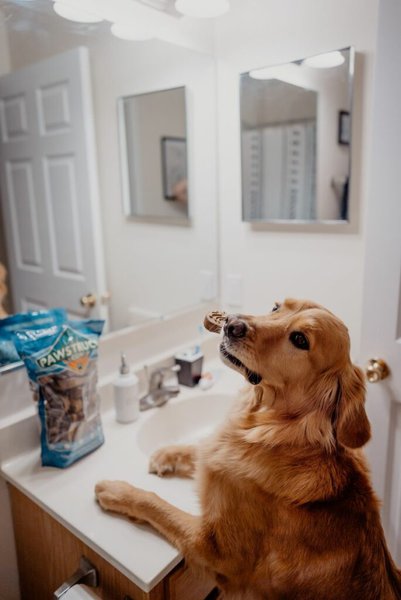
A bar of soap has more to offer in these emergencies than you know. First off, the ingredients could cause clotting which speeds up the body’s hemostatic responses. Soap also kills any bacteria already on the nail preventing infections that may want to take advantage of the newly created portal of entry.
The best soap is unscented, antibacterial bar soap. Just drag the affected nail across the bar of wet soap or scrape off some and form a paste to apply to the area.
11. Raise The Affected Limb
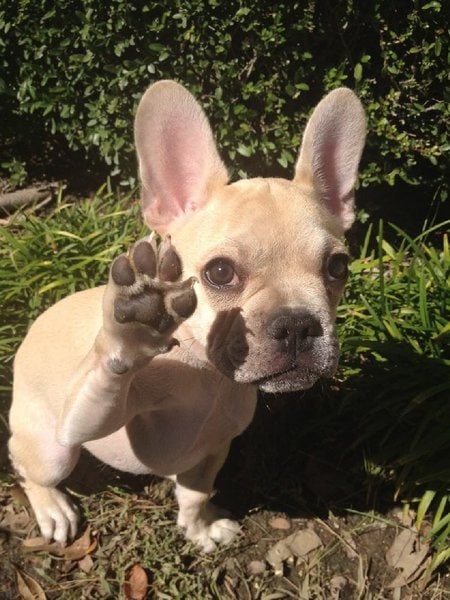
This is another super simple but highly effective first aid trick to help minimize bleeding. It comes in particularly handy with serious trauma to the nail including breaks from impact. As with the pressure application, this helps to reduce blood flow to the affected area and thus effectively slows down blood loss.
For the best results, use a combination of pressure and lifting the paw as you figure out what to do next.
10. Keep Them Indoors As They Heal
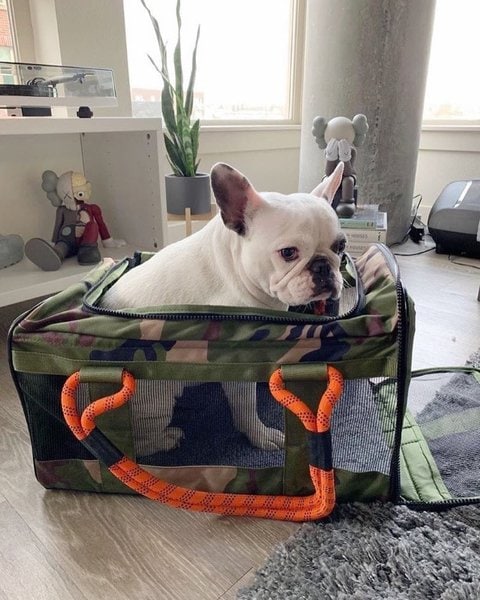
Broken dog nails are often complicated by infections in which case bacteria and fungi are your dog’s biggest enemies. For this reason, it is best to minimize your dog’s access to outdoor spaces where they could have their hurt nails exposed to all sorts of germs.
Instead, find ways to keep them active and entertained indoors. The good thing is that the nail should be fully healed in 2 to 3 weeks.
9. Take The Dog To The Vet

In some cases, DIY home remedies may not work for the dog in which case it is best to simply get a vet on board.
If the bleeding has been going on for more than 30 minutes despite all your efforts to stop it, you will definitely have to go to the vet. This is because it could be a sign of hemostatic issues like hemophilia or Von Willebrand’s disease.
8. Use Superglue
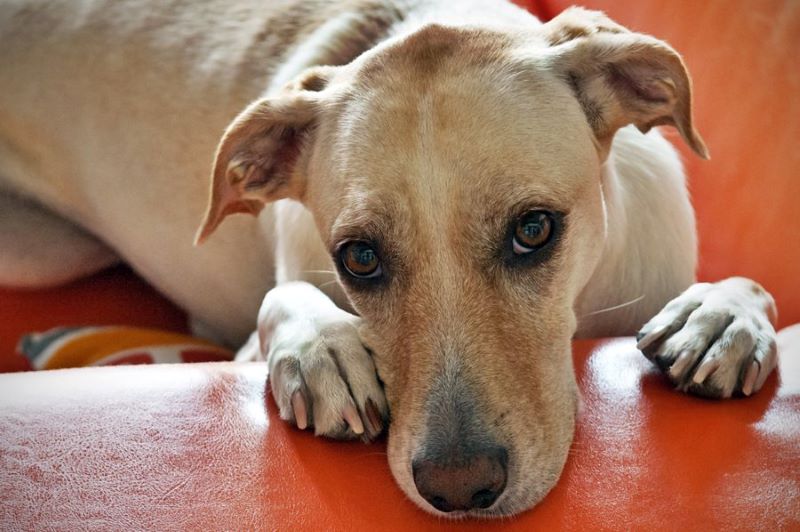
Using superglue may seem a little outlandish but it actually works really well when it comes to dealing with bleeding dog nails. The active ingredient in superglue is cyanoacrylate and it helps close open wounds and seal up compromised blood vessels even in regular medical and veterinary practice.
Therefore, you can actually safely use it on your dog’s bleeding nails to not only stop the hemorrhaging but also prevent infections by effectively sealing the area off.
7. Apply Some Tea Leaves
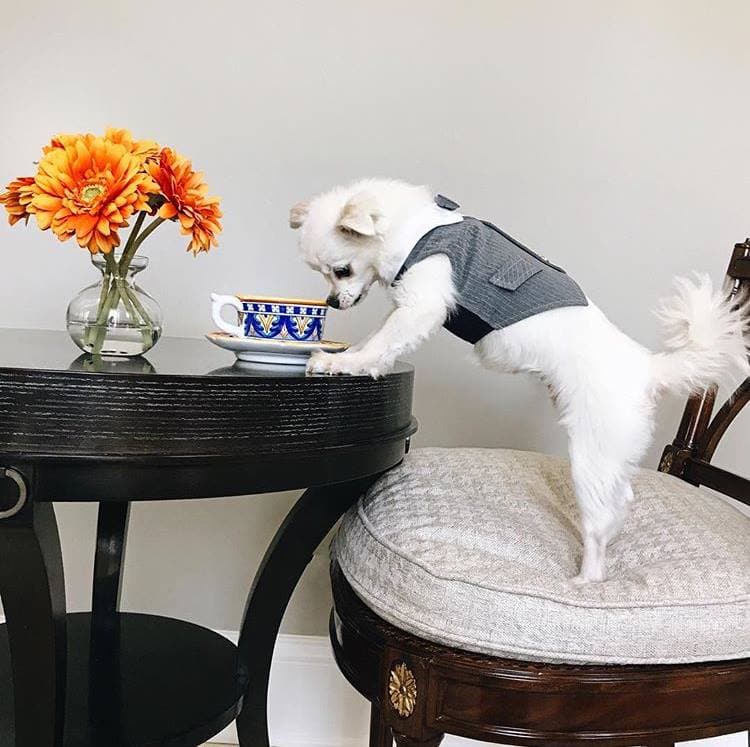
Tea has a compound known as tannin that accelerates the process of clotting when exposed directly to the blood. The leaves also have anti-inflammatory effects that will help soothe any irritation on or around the nail.
For these effects, you could create a paste with some tea leaves and apply it to the affected area for about 10 minutes. You could also place a cold, used teabag onto the surface for the same effects.
6. Apply Some Aloe Vera
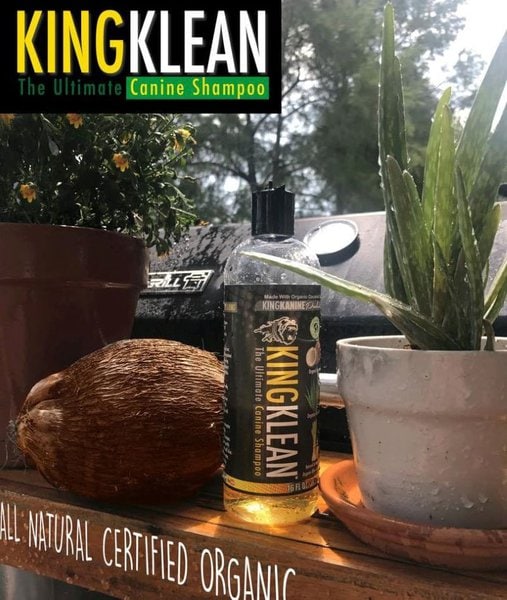
Raw aloe vera gel is a fantastic at-home remedy for bleeding and will help you a lot when dealing with injured dog nails
It has analgesic and anti-inflammatory properties. This is important as the dog will definitely be in a lot of pain and the relief will definitely be welcome.
Aloe vera also has antibacterial and antifungal effects to minimize the risk of infections. Finally, it is rich in collagen needed to promote faster healing.
5. Flour
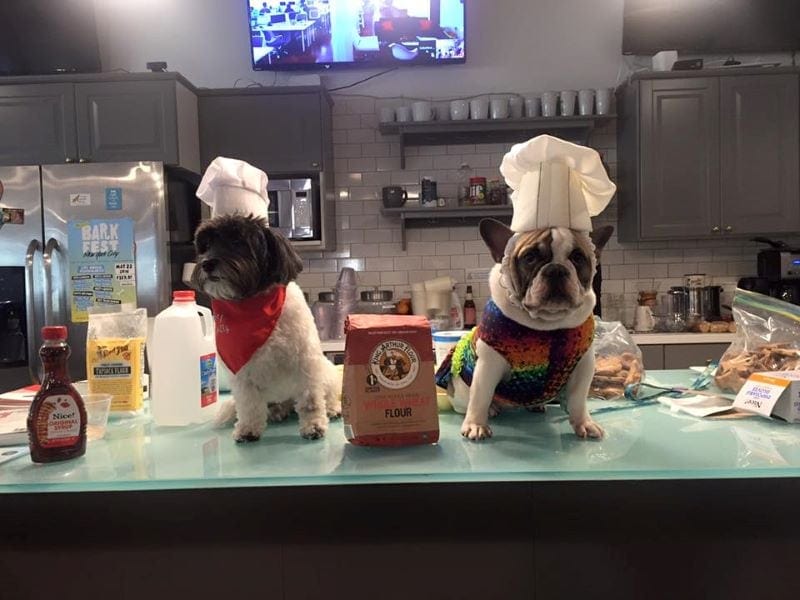
Yes, you can use regular old flour from your pantry to help stop bleeding from your dog’s injured nail. This simple remedy works by acting as a binding agent to actively cause clotting in the exposed tiny blood vessels.
For the effect, sprinkle some dry flour onto the bleeding nail and leave it there for about 30 minutes. When you are sure the bleeding is over, you can remove the crusty bits and clean the paw gently.
4. Baking Soda
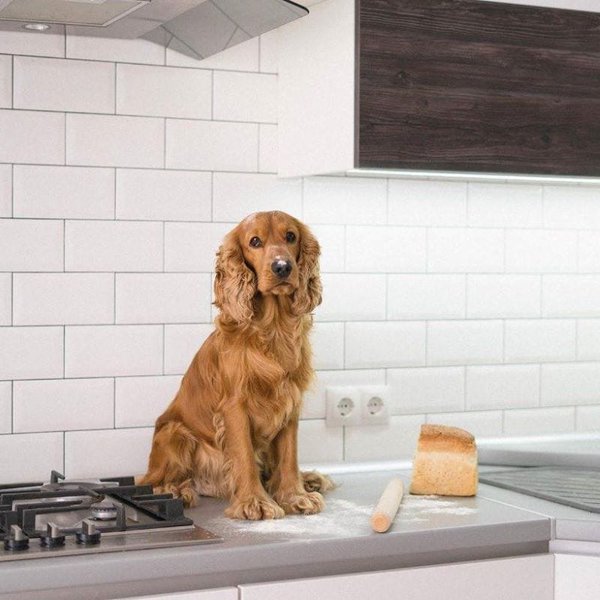
Baking soda has powerful drying effects on any type of fluid it comes into contact with including blood. In addition to soaking up the blood, it will help stop the bleeding by promoting clotting through exposure. It also has antimicrobial effects.
As with the flour, sprinkle some of the baking soda on the nail and clean it up after 30 minutes or after you are sure that the dog is no longer bleeding.
3. Corn Starch
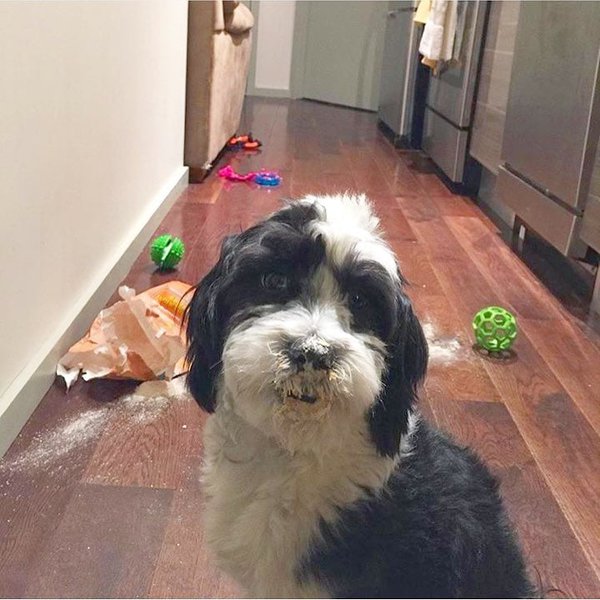
Corn starch is known for helping to trigger blood clotting. It will therefore come in handy with major bleeders, especially with broken nails. When the blood in the exposed vessels comes into contact with the corn start, a chain reaction is set into motion eventually resulting in the formation of clots.
This helps plug up the compromised vessels and therefore minimize the bleeding. For the best results, add a little baking soda to the mix.
2. Apply Pressure For A Few Minutes
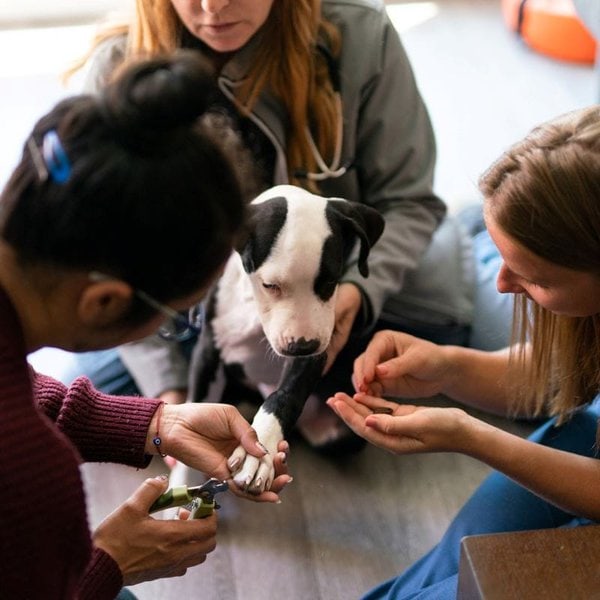
One of the first things you need to do as soon as you notice your dog’s nails or nails are bleeding is to apply pressure. This simple first aid step works wonders whether the bleeding is due to trauma or incorrect nail clipping.
Apply the pressure at the level of the pulp of the affected paw digit for about 5 to 10 minutes. This cuts off blood supply to the compromised vessels thus reducing the hemorrhage.
1. Learn How To Clip Dog Nails Properly
This is not so much of a remedy as it is a preventative measure. It is on our list because improper nail clipping practices account for most nail bleeding incidences.
It is very important that you understand the anatomy of a dog’s nail so you know exactly where to cut.
This will spare both you and your dog the stress of having to deal with the same problem over and over again.
Related Questions
How Long Does It Take For A Dog’s Nail Quick To Heal?
It takes about 2 to 3 weeks for an injured dog’s nail to heal and grow back completely. This process will be a lot faster and with far fewer complications, if any at all, as long as the affected area is kept clean and stress on the paw is minimized.
Will A Dog’s Nail Stop Bleeding On Its Own?
If the dog is healthy and has no preexisting hemostatic disorders, bleeding from an injured nail should stop on its own after a few minutes. If the bleeding persists for 30 minutes or more even with basic first aid, you will definitely have to take your dog to the vet as soon as possible.
Is A Broken Dog Nail An Emergency?
A broken dog nail is often an emergency that requires attention from a vet. This is to prevent issues like hemorrhaging, poor healing, and infections. If the bleeding is due to incorrect nail clipping practices, you may not need to rush your pooch to the hospital. Just administer first aid and monitor for excessive and prolonged bleeding.

